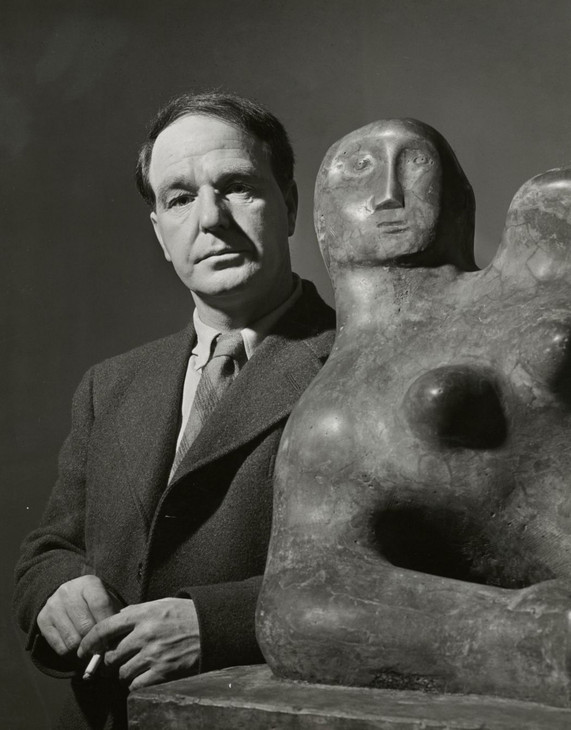Moore’s life
Born the son of a Yorkshire miner, Moore saw active service in the First World War. He trained as an artist, first at the Leeds School of Art and then at the Royal College of Art in London. During the interwar years he taught part-time at the Royal College and then the Chelsea School of Art, while forging a reputation as an avant-garde sculptor. Inspired by world sculpture in the British Museum and in touch with abstract and surrealist artists in Paris, he developed a distinctive style that melded the human figure with quasi-abstract organic forms.
Moore had become well known as a stone carver but after the war he worked predominantly in plaster to produce editions of bronze sculptures in various sizes. Critical approbation and public honours fuelled the demand for his work, and Moore became wealthy. In the 1950s and 1960s, however, his success engendered complaints and criticisms from some younger artists who became concerned that he was commanding undue levels of official support and attention. In his last years Moore was keen to locate himself in the western tradition of great sculptors and established a foundation to help secure his posthumous legacy.
How to cite
‘Moore’s life’, in Henry Moore: Sculptural Process and Public Identity, Tate Research Publication, 2015, https://www

